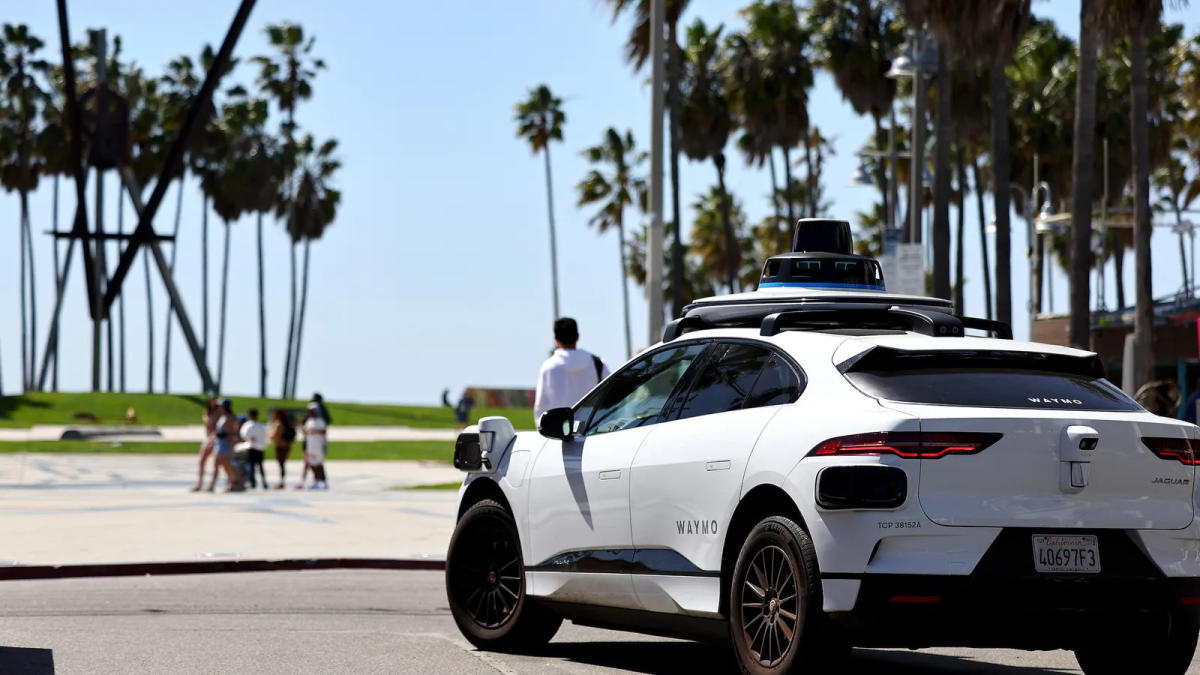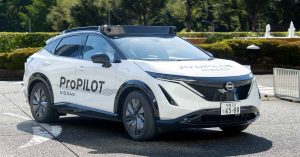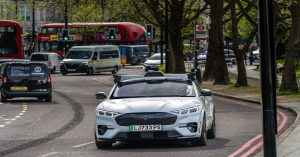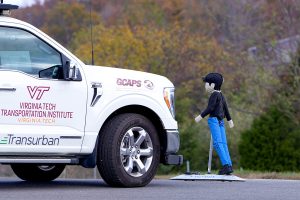Following Tesla’s October 10 debut of its robotaxi and CEO Elon Musk’s announcement of driverless tests in California and Texas slated for next year, Uber and Lyft have intensified discussions about their autonomous vehicle (AV) strategies at recent investor meetings.
Uber CEO Dara Khosrowshahi emphasized the company’s growing partnership with Waymo during a recent earnings call. Describing the collaboration as “absolutely terrific,” he highlighted the upcoming expansion of Waymo operations in Austin, Texas, and Atlanta, Georgia, where he expects “Waymos in the hundreds.” Khosrowshahi also signaled that Uber’s autonomous strategy is increasingly global, with plans to integrate more AV partners and deploy robotaxis in new international markets next year. “Stay tuned,” he urged, hinting at more launches to come.
Meanwhile, Lyft CEO David Risher shared on a November 6 earnings call that Lyft has already provided approximately 130,000 autonomous rides, primarily in Las Vegas. In this market, Lyft collaborates with Motional, an AV company known for its focus on scalable autonomous systems. Risher expressed keen interest in expanding Lyft’s AV presence to San Francisco, a city where multiple players, including Waymo and Zoox, are active. Cruise, another major competitor, has faced regulatory setbacks there after its California permit was suspended in 2023.
Risher framed AVs as a complement to human-driven rides, saying, “At Lyft, we envision a robust future that brings together human drivers and autonomous vehicles in an always-on transportation network.” By blending AVs with traditional ride-hailing options, Lyft aims to enhance vehicle availability in all markets.
However, both companies acknowledge that scaling robotaxis comes with regulatory complexities. Lyft CFO Erin Brewer stressed the need to navigate federal, state, and municipal rules, describing it as a multi-layered challenge. “It’s rational to think that all of those actors will absolutely have a voice as we think about broader adoption, safety profiles, and regulatory constraints,” Brewer said during a November 19 discussion with RBC Capital’s Brad Erickson.
Both companies also recognize the premium cost associated with AV rides. Lyft’s Risher referred to the robotaxi experience as “bespoke,” while Uber’s Khosrowshahi suggested that pricing will evolve as the technology scales.
With major players like Uber, Lyft, and Tesla advancing their autonomous ambitions, the future of robotaxis appears closer than ever, though the path ahead is shaped by innovation, partnerships, and regulatory hurdles.







